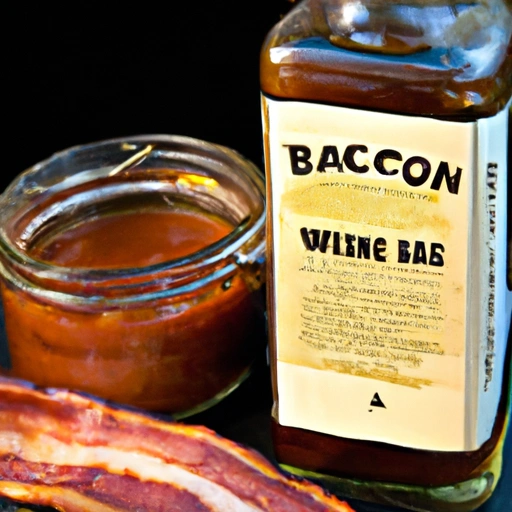Bacon Drippings
Description

Bacon drippings are the fat rendered from cooking bacon, typically known for their rich, smoky flavor. This ingredient is treasured by chefs and home cooks alike for its ability to add depth and complexity to a wide array of dishes. Bacon drippings can be stored in both airtight containers and refrigerated to preserve their quality and extend shelf life.
Common uses
Bacon drippings are commonly used as a cooking fat or flavor enhancer in various recipes. They are particularly popular in the preparation of greens, potatoes, and beans, lending a smoky, umami-packed taste to these dishes. Additionally, bacon fat is often used to make roux for gravies, sauces, and soups.
Nutritional value
Calories
One tablespoon (approximately 13.8 grams) of bacon drippings contains about 115 calories.
Protein
Bacon drippings contain minimal amounts of protein, as they are primarily composed of fat.
Fat
In one tablespoon of bacon drippings, there are roughly 12.8 grams of fat, of which 4.2 grams are saturated fat.
Carbohydrates
Bacon drippings have no carbohydrates, as they are a pure fat source.
Vitamins
While not a significant source of vitamins, bacon drippings may contain small amounts of fat-soluble vitamins such as vitamin D, depending on the diet of the pigs.
Minerals
Bacon drippings may contain trace amounts of minerals such as selenium and phosphorus.
Health benefits
Bacon drippings, when consumed in moderation, can be a source of energy and provide fat-soluble vitamins. However, due to their high saturated fat content, they should be used sparingly in a balanced diet.
Potential risks
The high saturated fat content in bacon drippings can contribute to increased cholesterol levels and a higher risk of heart disease if consumed in excess. It is important to consume bacon fat in moderation and balance with unsaturated fats.
Common recipes
Bacon drippings are a key ingredient in traditional recipes such as fried cabbage, collard greens, and German potato salad. They are also used to add flavor to biscuits and cornbread.
Cooking methods
They can be used for frying, sautéing, or as a base for making a roux. Additionally, they are often included in dressings and spreads to enhance flavor.
Pairing with other ingredients
Bacon drippings pair well with robust and earthy flavors such as those found in root vegetables, greens, and legumes. They also complement sweet flavors, adding complexity to dishes like maple bacon Brussels sprouts or candied bacon.
Summary
Bacon drippings are a cherished ingredient for their ability to impart rich, smoky flavors to a variety of dishes. While they carry nutritional value, their high saturated fat content calls for moderate use. Bacon drippings are versatile in the kitchen, enhancing both savory and sweet recipes, and are an embodiment of traditional cooking practices that emphasize full utilization of food resources.